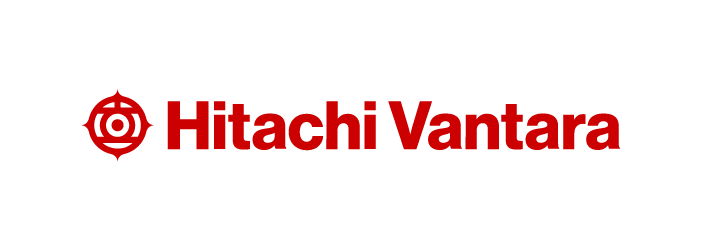Organizations migrating applications to the cloud face very real security and compliance challenges. Although most have digital transformation projects under way, companies need to leverage the scalability and agility of the cloud while maintaining control over their sensitive data and applications.
While hybrid and multicloud solutions offer flexibility for navigating workload environments, they also create complexities.
Jason Stading, principal consultant in ISG’s cybersecurity group, explained that as cloud applications expand globally, organizations face compliance challenges from multiple government agencies. And as cloud applications expand, they also face cloud sprawl, which causes an increase in the attack surface.
“Teams find they have a collapsing of skillsets, they have developers building networking rules, for example, and need to make sure their teams have the right education and training,” Stading says in this webinar. “They also need to detect misconfigurations and vulnerabilities in these development environments, which means they have to shift security controls left and embed them throughout.”
Rajesh Deenadayalan, director of cloud security services at Hitachi Vantara, says his team has expanded the Hitachi Application Reliability Centers (HARC) portfolio of consulting and managed services with Hitachi’s new Cloud Security Services. Improved DevSecOps are a central component of HARC. Deenadayalan says this new set of application security services aims to let customers navigate the cloud more effectively by strengthening data protection and securing global cloud application workloads across any platform or cloud environment, including AWS, Microsoft Azure, and Google Cloud.
How a DevSecOps approach can help
Think of DevSecOps as a culture of joint ownership that’s a security-by-design approach that lets developers see the vulnerabilities early in the process.
“Security becomes an integral part of the development process, not an afterthought or a bolt-on,” says Deenadayalan. “By taking this approach, many of our customers have accelerated the development process by 20%.”
As part of its Cloud Security Services, customers can optimize a threat modeling platform that offers CI/CD for real-time feedback; software composition analysis, which identifies vulnerabilities in external source code and open source libraries, as well as non-compliance issues from a licensing standpoint because of all the open source code used. Hitachi Vantara also integrates dynamic application security testing and web application firewall rules, as well as IDS, DDoS protection, and API security.
“Because there are so many tools in the DevSecOps ecosystem, it becomes challenging for our customers to manage and monitor all the tools,” explained Deenadayalan. “We help our customers with Hitachi security accelerators that orchestrate these security findings from multiple tools and provide customers with a unified risk-based source.”
By using this integrated cloud services approach with continuous monitoring and automation bots, Deenadayalan says Hitachi Vantara recently reduced misconfigurations for a life sciences customer by 80% in three months across a multi-cloud environment.
Watch this webinar for more cloud security best practices and strategies.
Image Credit: Getty Images

